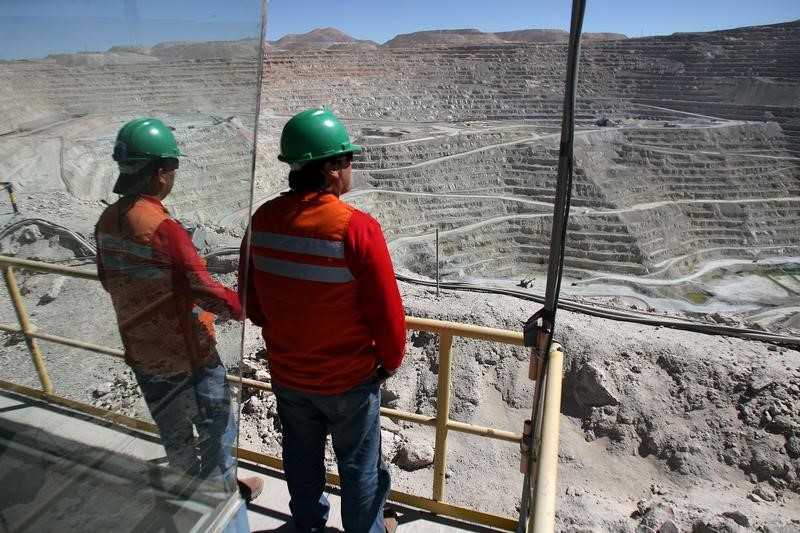* Rio uses most renewable power for energy-intensive aluminium
* BHP, Anglo American aim to increase use of renewables
* Glencore says its coal assets will not be stranded
By Barbara Lewis
LONDON, May 16 (Reuters) - Major mining companies, including some of the world's biggest suppliers of fossil fuel, are seeking to use more renewable energy themselves as they strive to drive down costs and curb emissions.
Glencore GLEN.L , the world's biggest shipper of seaborne coal, said in Tuesday's 2017 sustainability report that it gets 19 percent of its energy from renewable sources, up a percentage point from last year's report.
At the same time, the company reiterated its view that the wider world would carry on burning coal, the most polluting fossil fuel, and it does not see a risk of its own coal operations becoming stranded assets.
"While it is clear that the relative share of renewable energy will grow, the absolute volume of fossil fuels will also grow due to overall growth of energy demand," the report said.
"Coal remains an important, secure and reliable industrial input that currently accounts for 40 percent of the world's electricity, 70 percent of global steel and 90 percent of global cement."
As talks take place this week in Bonn on implementing the 2015 Paris Agreement on climate change, Glencore said it supports climate and energy policy that reduces global emissions in the most cost-effective manner while ensuring energy security.
Costs for renewable power have fallen sharply and environmental campaigners say it is often the cheapest fuel.
COST AND RELIABILITY
The miners say that coal still can be the cheapest, most reliable baseload power depending on circumstances, but the sector has been turning to renewable energy, such as wind and solar power, in the kind of inaccessible regions where mines are found and supplies from the grid can be unreliable.
Of the four biggest miners, only Rio Tinto RIO.L RIO.AX uses a significantly higher percentage of renewable energy than Glencore.
In total, it burns a massive 454 petajoules of energy across all its operations. Of this, about 36 percent is from renewable sources, mainly hydropower used for highly energy intensive aluminium smelting. It markets its aluminium as a low-carbon product.
The world's No. 1 miner by market capitalisation and the biggest supplier of coking coal used in steelmaking, BHP Billiton BHP.AX BLT.L , uses very little renewable energy (less than 2 percent) after some of its assets, including aluminium operations powered by hydro-electricity, were spun off into South32 S32.AX in 2015.
It said, however, that it will use more renewable power at its remaining assets. accessing power, we seek the optimal combination of price, security of supply and emissions intensity," BHP said in an emailed statement.
"We expect that the contribution of renewable energy will increase over time within power grids and as standalone opportunities for our operations."
BHP also said it is contributing to the Lakeland Solar and Storage project in Australia, which is researching how to provide reliable supply in remote locations.
Anglo American AAL.L said it has consistently sourced about 12 percent of its energy from renewables and is working on biomass, wind and solar projects to increase that share.
